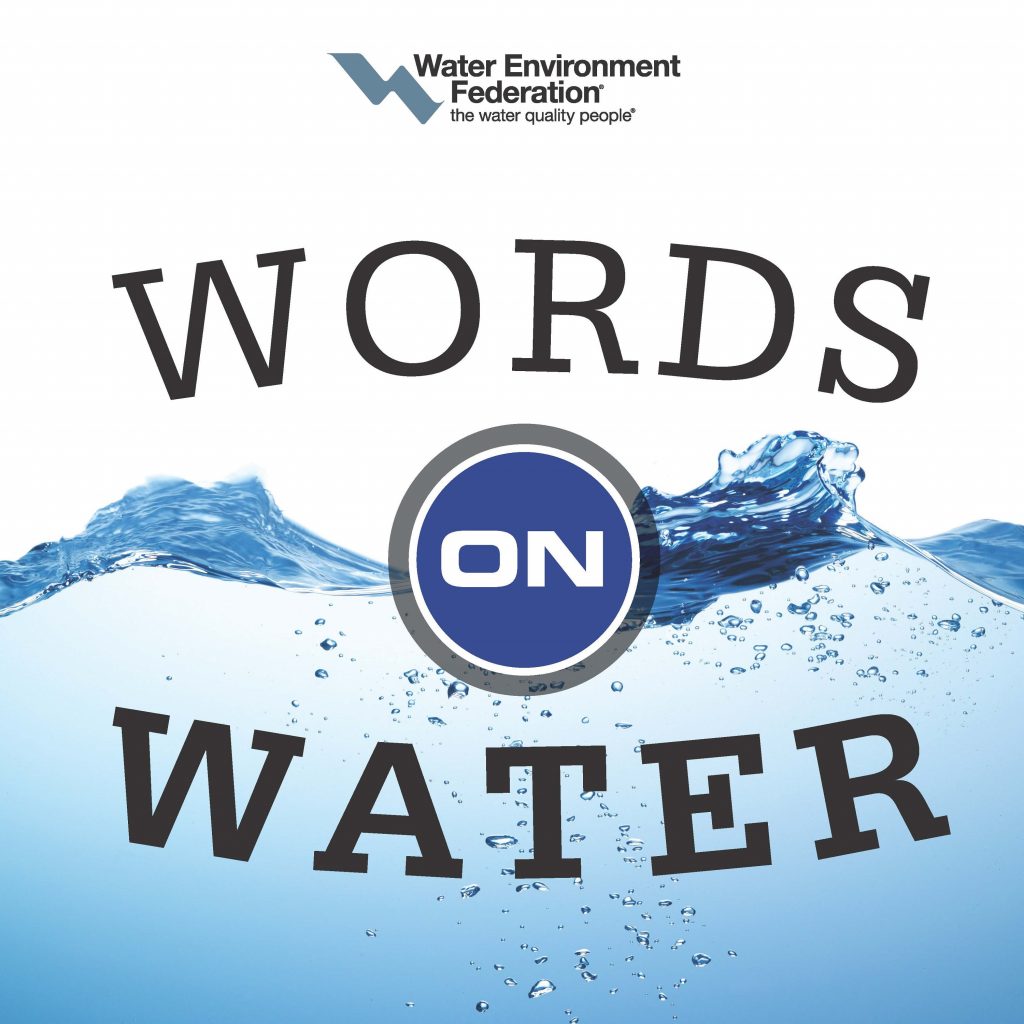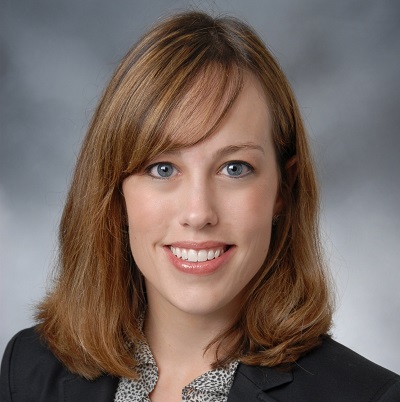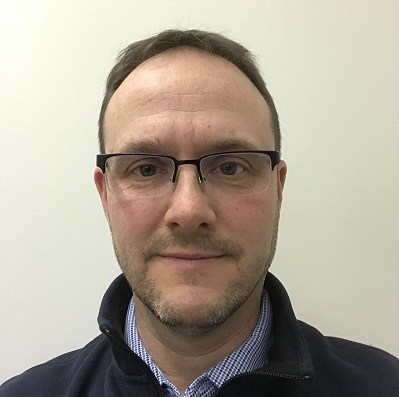Words on Water podcast highlights stormwater awareness and workforce issues
Two recent podcast episodes detail how Water Environment Federation (WEF; Alexandria, Va.) stormwater programs are contributing to greater awareness of the stormwater sector’s investment needs and helping to bolster its workforce. The Words on Water podcast, created and hosted by WEF Communications Director Travis Loop, offers listeners firsthand perspectives from the professionals leading positive change across all segments of the water sector.

In December 2019, Loop spoke with Emily Feenstra, Managing Director for Government Relations and Infrastructure Initiatives for the American Society of Civil Engineers (ASCE; Reston, Va.). In this episode, Feenstra spoke about how data gathered by WEF contributed to the ASCE’s recent addition of a stormwater category to the Infrastructure Report Card, which is released every 4 years.
In December 2019, Loop spoke with Emily Feenstra, Managing Director for Government Relations and Infrastructure Initiatives for the American Society of Civil Engineers (ASCE; Reston, Va.). In this episode, Feenstra spoke about how data gathered by WEF contributed to the ASCE’s recent addition of a stormwater category to the Infrastructure Report Card, which is released every 4 years.
ASCE to cover stormwater in next Infrastructure Report Card
ASCE’s next Infrastructure Report Card is due for release in March 2021. In this edition, for the first time, ASCE will assign a grade to the state of U.S. stormwater management infrastructure. The report card was established in 1998.
To date, the report card has graded infrastructure that supports drinking water, wastewater, and 14 other infrastructure categories from roadways to railroads. However, a lack of broadly applicable data about the distribution of stormwater infrastructure and its condition had repeatedly hampered ASCE’s efforts to assess it accurately, Feenstra explained.

When ASCE set out to examine data about stormwater infrastructure for its last report in 2017, the organization discovered “a lack of data at the national level that was insurmountable,” Feenstra said. Several of ASCE’s state-level chapters had covered stormwater infrastructure on their own in the past, Feenstra said, but national-level data about water infrastructure tends to be harder to generalize than other infrastructure sectors.
In May 2019, WEF released the results of its National Municipal Separate Storm Sewer System Needs Assessment Survey. The report, produced by members of the WEF Stormwater Institute and stormwater experts from across the U.S., covers the sector’s financial, regulatory, and social challenges. The results draw on the experiences of professionals in 48 states.
Having this national-level data gave ASCE the foundation it needed to assess stormwater infrastructure needs. One need identified involves raising the profile of stormwater infrastructure needs for non-engineers.
“Across the country, cities are dealing with stormwater issues that they haven’t had to before. There’s also just a lack of awareness around what stormwater is, especially when you go to Capitol Hill,” Feenstra said. “A lot of why we’re [including stormwater in the 2021 Infrastructure Report Card] is raising awareness about what stormwater is and educating a little bit and then we’re going to get to work evaluating where we’re at with the information that we have.”
To add context to the data and help identify trends, ASCE also is meeting with such organizations as the U.S. Environmental Protection Agency and the National Association of Clean Water Agencies (Washington, D.C.) before the next report’s release.
Listen to Feenstra’s full Words on Water interview for more details.
NGICP boosts Ohio’s green workforce
Chris Hartman, a NEORSD Stormwater Technical Specialist, spoke with Loop about Project Clean Lake, the utility’s 25-year plan to reduce runoff pollution entering Lake Erie. The project aims to reduce runoff by an estimated 15 billion L/yr (4 billion gal/yr) using a combination of green and gray infrastructure.
Until recently, the utility hired seasonal landscaping contractors to help install and maintain the plan’s green infrastructure components. However, turnover rates among the contractors were high, Hartman explained, creating logistical problems for NEORSD.
“We’d train one group – one season – of employees, then they’re gone, and we’d have to retrain the same crew the next year,” Hartman said. “That was becoming costly and ineffective, and we were seeing problems with a lack of knowledge on what to do and on how to move forward with different design features.”

At the same time, a committee of water organizations including NEORSD received a grant to support a study gauging demand for jobs in green infrastructure. The study found that the Northeast Ohio region could support upwards of 50 full-time positions in green infrastructure management and maintenance. Turning their attention toward attracting specialized talent, NEORSD examined green infrastructure workforce programs underway in Washington, D.C. and Milwaukee, Wis., and discovered NGICP.
“NGICP allowed us the opportunity to utilize internal resources. We didn’t need to reinvent the wheel,” Hartman said.
NEORSD invested in becoming an NGICP partner organization. Hartman and another NEORSD staff member completed the NGICP Train-the-Trainer program, becoming the region’s first certified NGICP trainers. Last summer, NEORSD held its first NGICP training course, attracting seven initial trainees who all passed their certification exam. Three of those graduates received internship positions at NEORSD, where they have a direct hand in implementing Project Clean Lake.
The graduates’ depth of knowledge about green infrastructure impressed NEORSD leadership, Hartman said. This spring, the utility plans to train an additional 13 NGICP applicants.
“This is not 101 training. This is nuts-and-bolts of every little detail you’d ever want to know about green infrastructure,” Hartman said. “It’s been a fun experience providing that [to NEORSD’s NGICP graduates] and seeing how they succeed with it.”
Listen to Hartman’s full Words on Water interview for more details.
